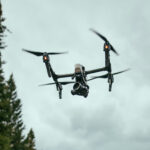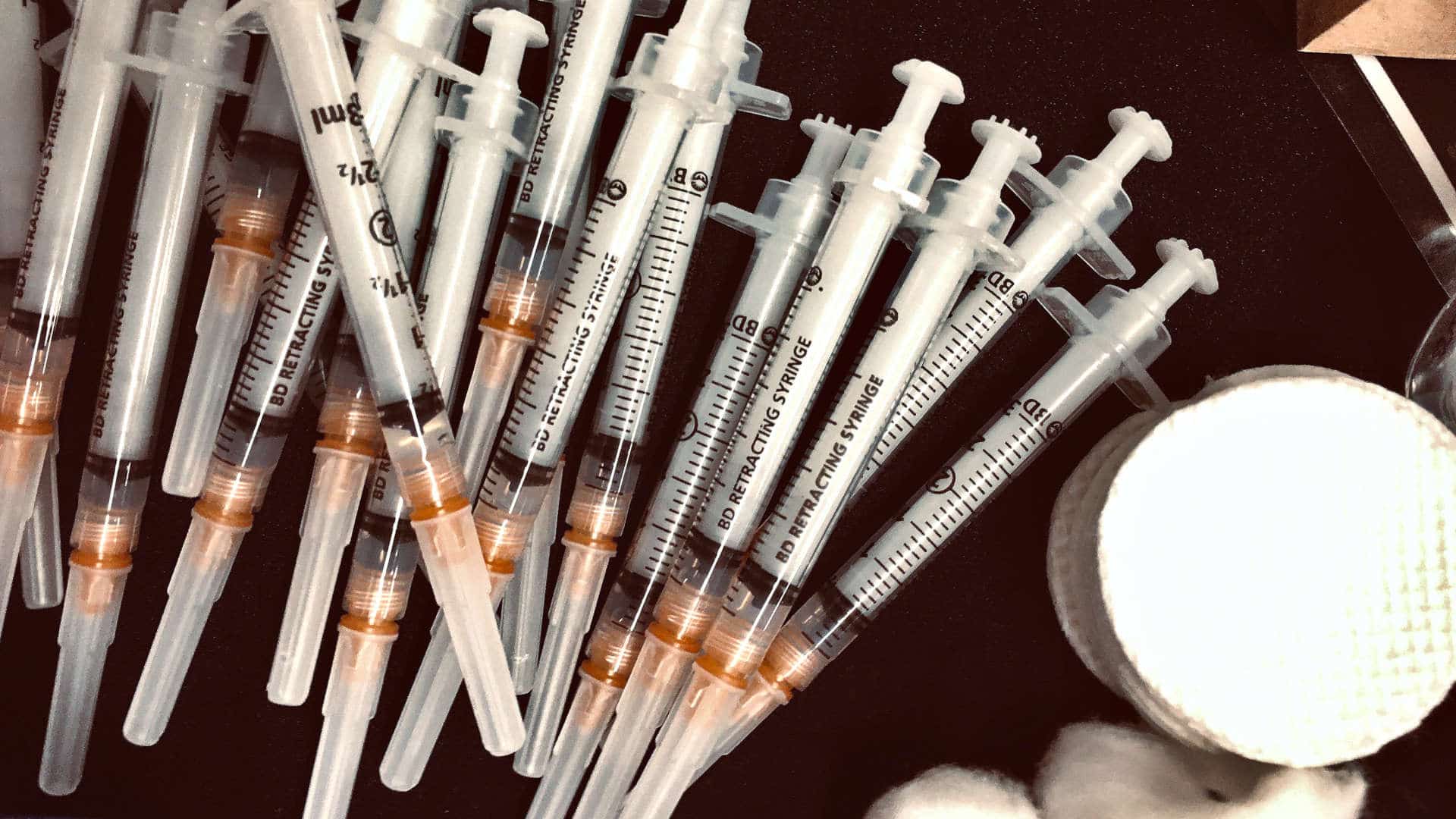On Wednesday, a plane carrying 600,000 doses of the AstraZeneca Covid-19 vaccine landed in Accra, Ghana, marking the first global shipment in a plan to deliver 2 billion doses of Covid-19 vaccine, mostly to lower- and middle-income countries, in 2021.
The news comes as the global Covid-19 vaccine pool grows, due to increased manufacturing capacity and new vaccines. But, despite that growth, countries continue to jostle for access to the coveted shots.
The new initiative that delivered vaccines to Ghana, called Covax, aims to help ensure widespread access to immunization for Covid-19. The World Health Organization, one of the leaders of Covax, describes it as “the largest vaccine procurement and supply operation in history.” But the initiative has already run into funding issues, and the effort faces daunting logistical challenges.
The Covax woes are part of a larger story of global vaccine inequality, with some wealthy countries taking a large share of the vaccine supply. In the U.S., for example, more than 45.2 million people have received at least one dose of a Covid-19 vaccine, while in sub-Saharan Africa, even frontline health care workers don’t have access to immunizations.
Of course, global health care access has long been profoundly unequal. But the Covid-19 vaccine distribution has highlighted the disparities — and fueled new competition for precious immunization resources. Many countries have used vaccination to advance diplomatic agendas: For example, leaders in Israel struck a deal with Syria to supply the country with Russian vaccines in return for the release of an imprisoned Israeli, according to news reports.
Recently India, a lower-income country with enormous vaccine manufacturing facilities, has dealt out some shots to select allies. The country is ramping up its own domestic vaccination program, too. In a tweet last Friday, Adar Poonawalla, who leads the Serum Institute of India, the largest vaccine manufacturer in the world, warned “countries & governments” that they might need to wait. “I humbly request you to please be patient,” he wrote, noting that the institute “has been directed to prioritize the huge needs of India and along with that balance the needs of the rest of the world.”
Meanwhile, at least one wealthy country that has the money to pay for vaccines, but lacks the facilities to manufacture them, is struggling to secure supplies: Canada has pending orders for hundreds of millions of shots, but the country has received few shipments, and the Biden administration has refused to send U.S.-produced vaccines north of the border until more Americans have been vaccinated.
Also in the News:
• The U.S. death toll from Covid-19 passed 500,000 people on Monday, according to data compiled by John Hopkins University’s Coronavirus Resource Center. As of Friday morning, the figure had reached 508,314 deaths. A model from researchers at the University of Washington projects that, despite the ongoing vaccine rollout and declining national case count, 90,000 more people may die from Covid-19 before June 1. The current toll is greater than the estimated 498,332 Union and Confederate soldiers who died in the U.S. Civil War. It is also greater than the entire population of Kansas City, Missouri. According to the Johns Hopkins data, the U.S. has the highest recorded death toll from Covid-19 in the world, far outstripping the second-highest figure, in Brazil, where the coronavirus has caused an estimated 251,498 deaths. “As a nation, we can’t accept such a cruel fate,” President Joe Biden said this week, in response to the milestone. “While we have been fighting this pandemic for so long, we have to resist becoming numb to the sorrow.” (ABC News)
• For years, the data has been clear: The field of economics has a diversity problem. This week, some economists released results that may explain at least part of the problem. At research presentations, women are more likely than men to receive questions from the audience, including questions that are patronizing or hostile, which experts worry will further drive them from the field. The research is set to be published next week by the National Bureau of Economic Research. According to The New York Times, the lead authors on the paper — the economists Alicia Sasser Modestino of Northeastern University and Justin Wolfers of the University of Michigan — first noticed a discrepancy in seminar questioning a few years ago, when a female colleague received around 15 questions within the first five minutes of her presentation; a male colleague did not receive the same treatment. Modestino and Wolfers, along with other economists, later recruited graduate students to attend hundreds of economics conferences to see if there was a broader pattern. There was: Women received 12 percent more questions than men. In a field where seminars “often resemble gladiatorial battles, with audience members vying to poke holes in the presenter’s argument,” as the Times notes, such a discrepancy is significant. (The New York Times)
• NASA released the first video footage from its Perseverance rover on Monday, following a successful landing on Mars last week. The rover, which touched down in the Red Planet’s Jezero Crater, was carried by a spacecraft that entered the atmosphere at 12,000 miles per hour. After rapidly decelerating and lowering Perseverance to the ground, the sky crane portion of the craft intentionally crash landed a safe distance away — an event the rover documented using its rear cameras. Perseverance captured its own landing in high definition, giving the world an unprecedented look at a delicate feat of engineering. Once on the surface, the rover’s microphones also captured the first ever audio from Mars. The rover’s first panorama, made up of 142 images, shows the landscape of Jezero Crater in stunning detail. Perseverance will spend the next few years exploring and collecting soil samples in the ancient lakebed, which scientists hope may hold clues to past life on Mars. (The Verge)
• And finally: The National Institutes of Health has announced that it will halt a gene therapy trial for sickle cell disease “out of an abundance of caution,” following a report that two participants in a similar trial run by biotechnology firm Bluebird Bio have developed life-threatening conditions. Gene therapy is widely seen as a potential cure for sickle cell, a debilitating blood cell disorder that, in the U.S., disproportionately affects African Americans. Trial participants who’ve received the treatment have reported being virtually free of the bouts of pain the disease causes. But since Bluebird Bio reported earlier this month that a participant in its gene therapy trial was diagnosed with leukemia — and that another was diagnosed with a syndrome considered to be a precursor to leukemia — both the Bluebird and NIH trials have ground to a halt. It’s unclear whether the illnesses were caused by the treatment, but experts say it’s possible that the disabled virus used to deliver the gene therapy into cells may have damaged critical DNA, or that powerful drugs used to prepare patients for the therapy may have raised their cancer risk. Said sickle cell researcher Melissa J. Frei-Jones to The New York Times, “It feels like the sickle cell disease community just can never get a break.” (The New York Times)
“Also in the News” items are compiled and written by Undark staff. Brooke Borel, Lucas Haugen, Jane Roberts, and Ashley Smart contributed to this roundup.










